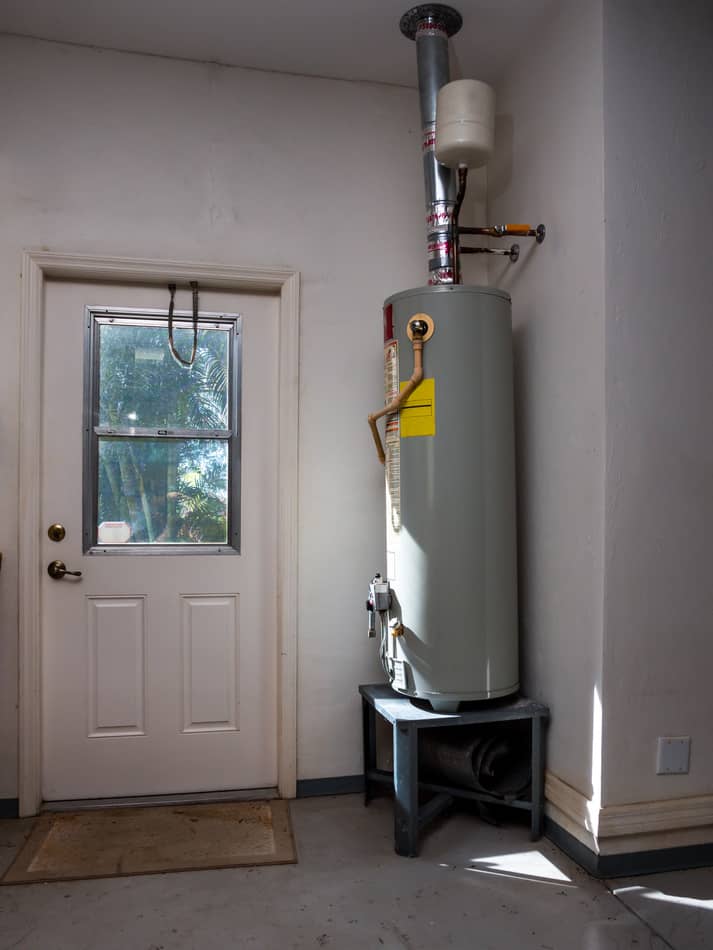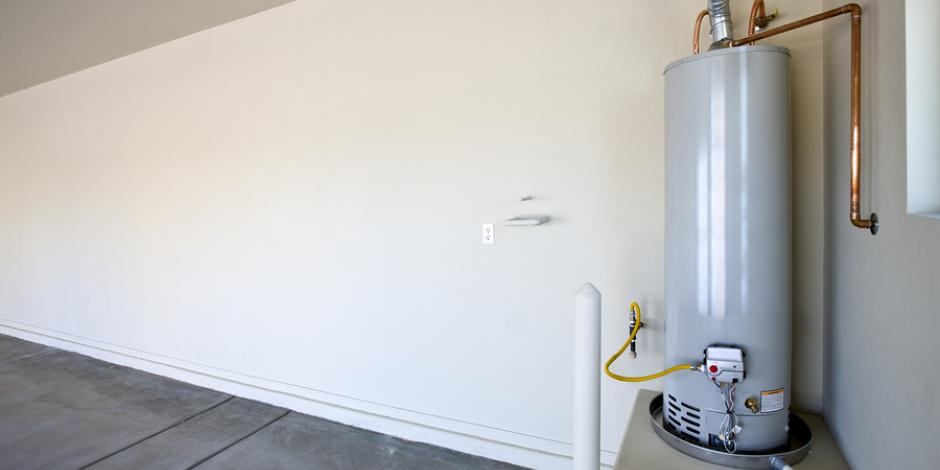Essential Care Tips for Your Home's Hot Water SystemEffective Techniques for Maintaining Your Home's Hot Water System
Essential Care Tips for Your Home's Hot Water SystemEffective Techniques for Maintaining Your Home's Hot Water System
Blog Article
Just how do you really feel in relation to Tips For Maintaining Your Hot Water Heater?

Hot water is necessary for daily comfort, whether it's for a refreshing shower or washing meals. To guarantee your hot water system runs successfully and lasts longer, normal maintenance is crucial. This post provides functional tips and understandings on just how to maintain your home's warm water system to avoid interruptions and pricey repair work.
Intro
Keeping your home's hot water system may appear overwhelming, but with a few basic steps, you can ensure it operates efficiently for several years ahead. This overview covers everything from understanding your hot water system to DIY upkeep ideas and recognizing when to contact expert aid.
Relevance of Keeping Your Hot Water System
Routine upkeep not just prolongs the life-span of your warm water system yet additionally ensures it runs successfully. Neglecting maintenance can cause lowered effectiveness, greater power costs, and even early failing of the system.
Indicators Your Hot Water System Needs Maintenance
Understanding when your warm water system requires focus can prevent major problems. Watch out for signs such as inconsistent water temperature, odd sounds from the heating unit, or rusty water.
Flushing the Water Heater
Flushing your water heater eliminates debris accumulation, boosting performance and lengthening its life.
Monitoring and Changing Anode Rods
Anode poles protect against rust inside the storage tank. Checking and changing them when broken is crucial.
Complex Concerns Calling For Expert Help
Examples consist of significant leaks, electrical troubles, or if your water heater is consistently underperforming.
Regular Expert Upkeep Perks
Expert maintenance can include comprehensive assessments, tune-ups, and guaranteeing compliance with safety criteria.
Checking and Changing Temperature Settings
Adjusting the temperature level setups makes sure ideal efficiency and safety and security.
Do It Yourself Tips for Maintenance
You can perform several upkeep jobs on your own to maintain your hot water system in top problem.
Looking for Leaks
Routinely inspect pipelines and links for leaks, as these can lead to water damages and greater expenses.
Recognizing Your Hot Water System
Before diving right into upkeep tasks, it's helpful to recognize the fundamental elements of your hot water system. Commonly, this consists of the water heater itself, pipelines, anode poles, and temperature controls.
Month-to-month Maintenance Tasks
Normal regular monthly checks can help capture minor concerns before they rise.
Checking Pressure Alleviation Valves
Evaluating the pressure safety valve ensures it operates properly and prevents too much pressure build-up.
Insulating Pipelines
Insulating warm water pipes decreases warmth loss and can conserve energy.
When to Call a Specialist
While DIY upkeep is advantageous, some concerns need specialist competence.
Conclusion
Normal maintenance of your home's warm water system is essential for efficiency, long life, and price savings. By complying with these tips and understanding when to seek expert aid, you can guarantee a trusted supply of hot water without unanticipated disruptions.
How to Maintain an Instant Hot Water Heater
Before tinkering with your hot water heater, make sure that it’s not powered on. You also have to turn off the main circuit breaker and shut off the main gas line to prevent accidents. Also turn off the water valves connected to your unit to prevent water from flowing into and out of the appliance. 2. When you’re done, you have to detach the purge valves’ caps. These look like the letter “T” and are situated on either side of the water valves. Doing so will release any pressure that has accumulated inside the valves while at the same time avoid hot water from shooting out and burning your skin. 3. When the purge valves’ caps are removed, you have to connect your hosing lines to the valves. Your unit should have come with three hoses but if it didn’t, you can purchase these things from any hardware or home repair shops. You can also get them from retail stores that sell water heating systems. Read the user’s manual and follow it to complete this task properly. When the hosing lines are connected, open the purge port’s valves. 4. You should never use harsh chemical cleaners or solutions when cleaning your unit. Make use of white vinegar instead. It should be undiluted and you’ll probably use about 2 gallons. 5. Now flush your water heater. This task should probably take about 40 minutes. We can’t give you specific directions for this because the procedure is carried out depending on the type, model and brand of your heater. With that being said, refer to the user’s manual. 6. When you’re done draining the unit, you have to turn off the purge port valves again. Remove the hosing lines that you earlier installed on each of the water valves. Put the valve caps (purge port) back in their respective places and be very careful so as not to damage the rubber discs that are found inside these caps. 7. Now that everything’s back in place, check your user’s manual again to find out how to reactivate your water heating system. 8. Once it is working, turn one of your hot water faucets on just to let air pass through the heater’s water supply pipes. Leave the tap on until water flows smoothly out of it. https://www.orrplumbing.com/blog/2014/september/how-to-maintain-an-instant-hot-water-heater/

I stumbled upon that post about What Kind of Maintenance Do Water Heaters Need? when doing a search on the internet. Enjoyed reading our piece of writing? Please share it. Help another person find it. I recognize the value of reading our article about Tips on Maintaining a Water Heater.
Call Today Report this page